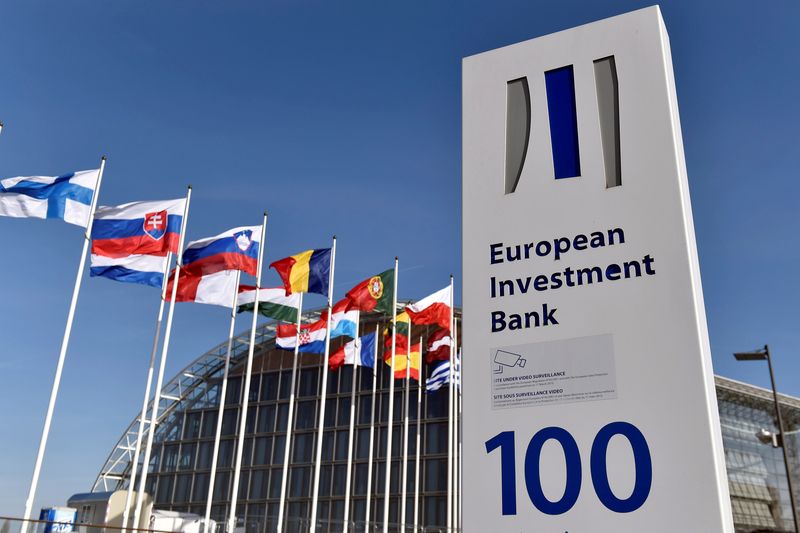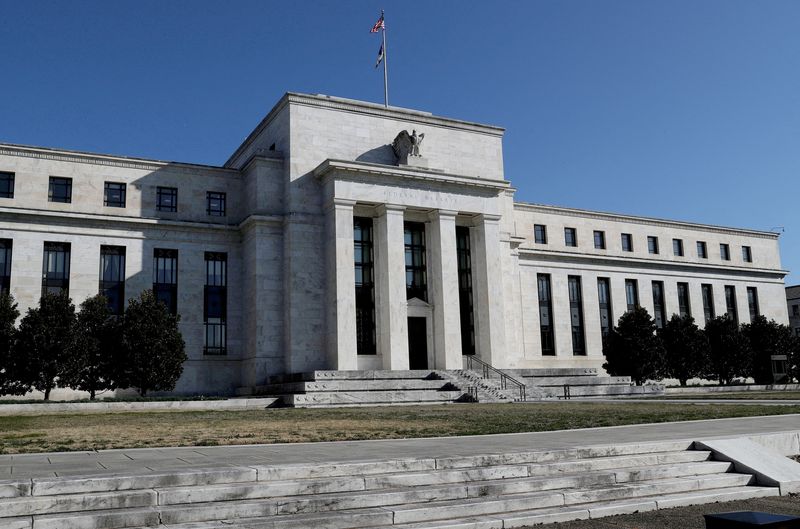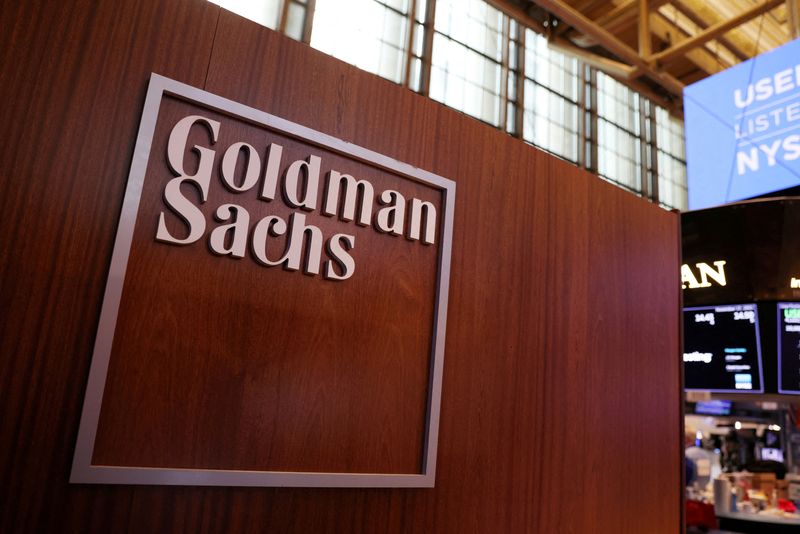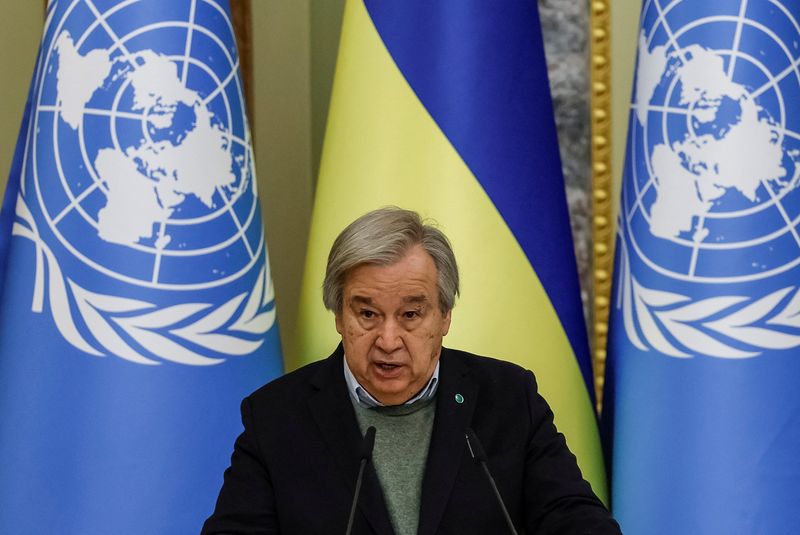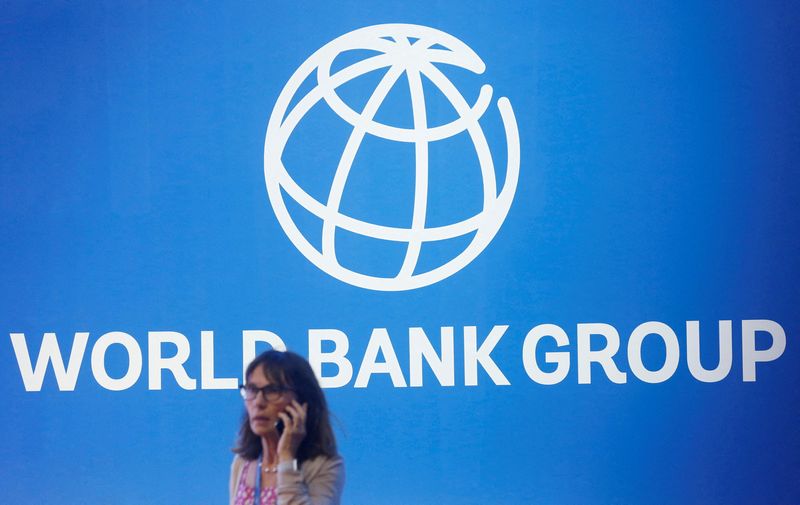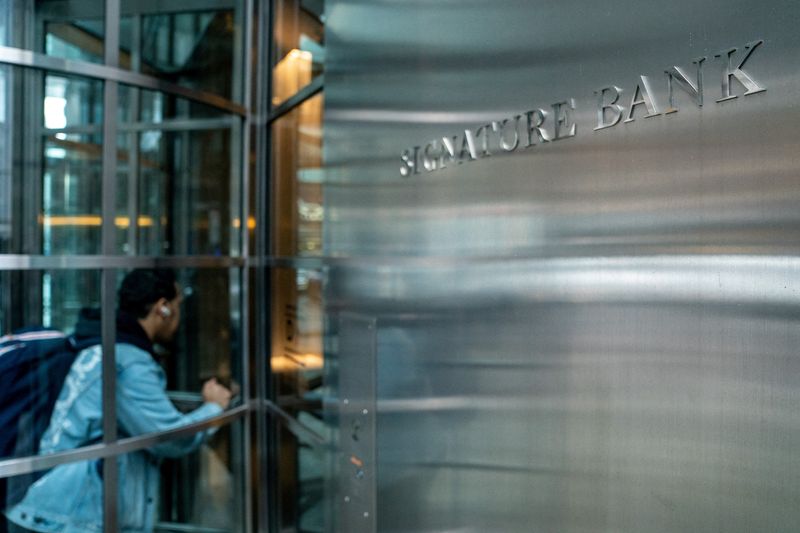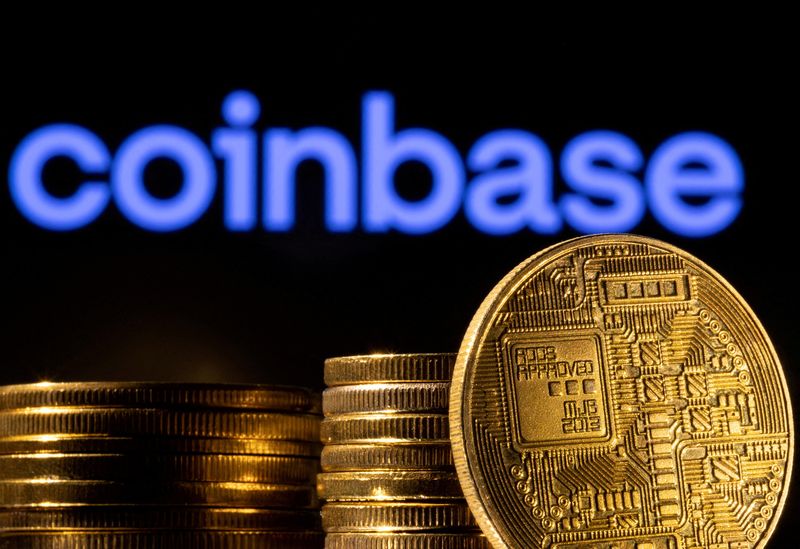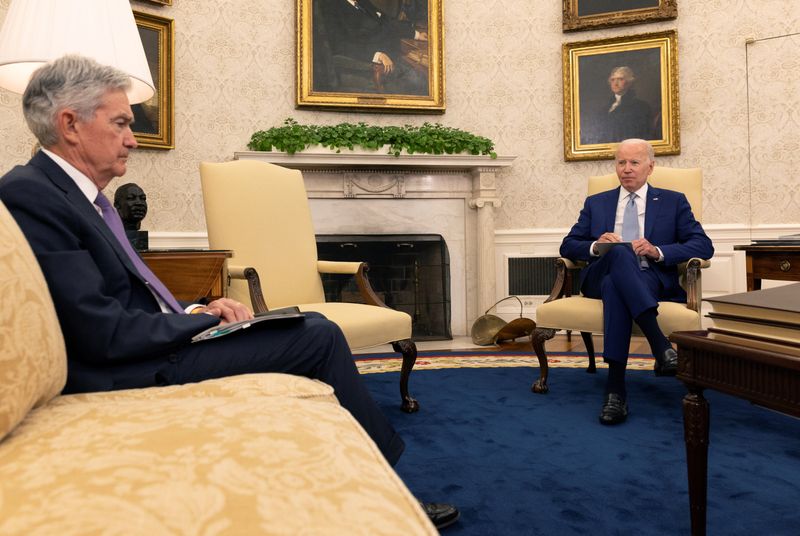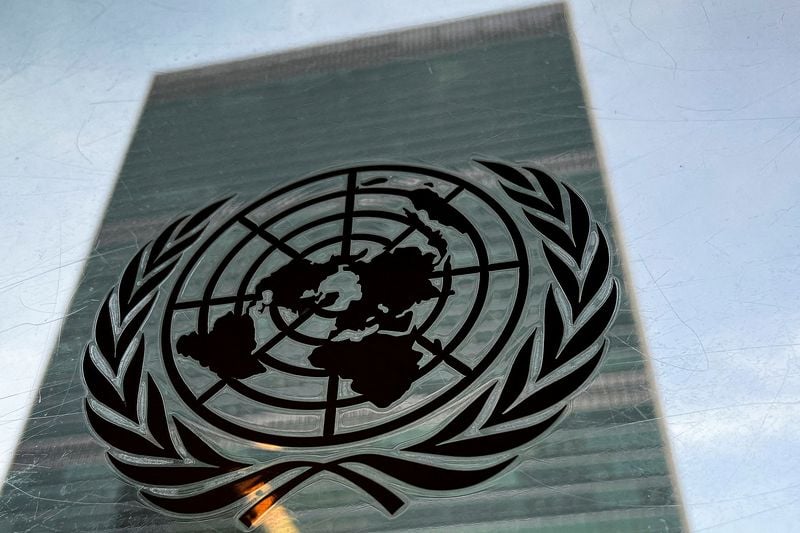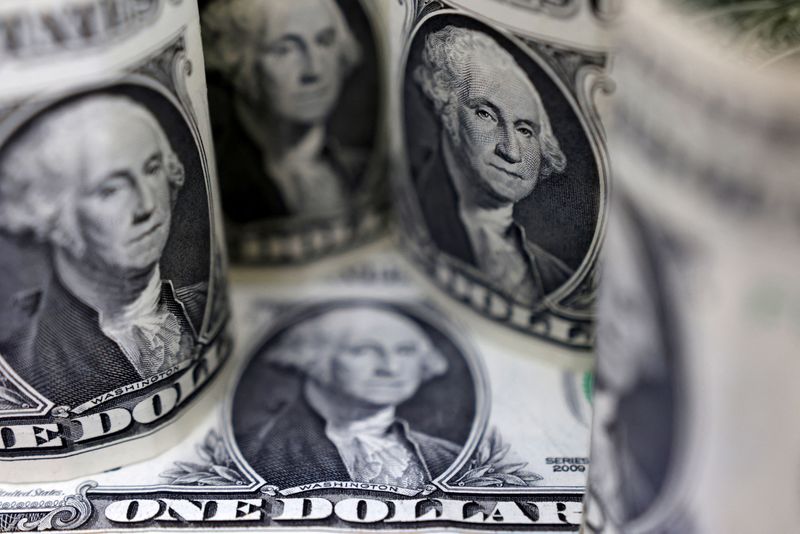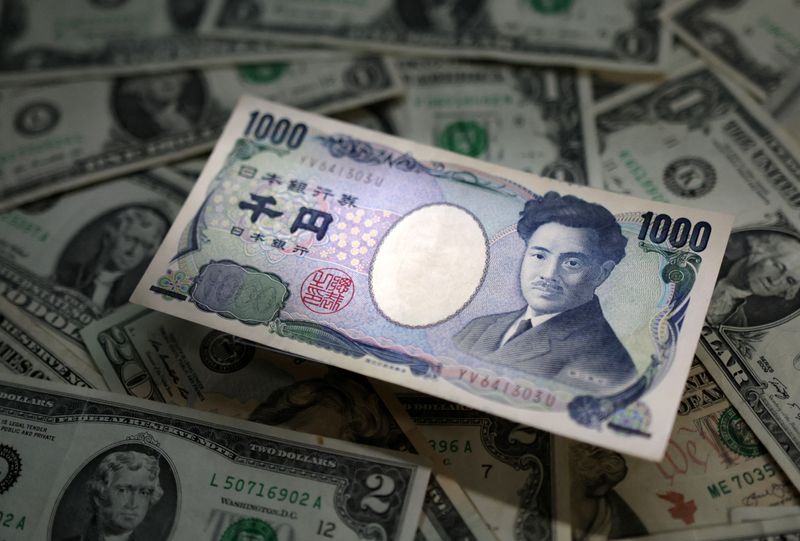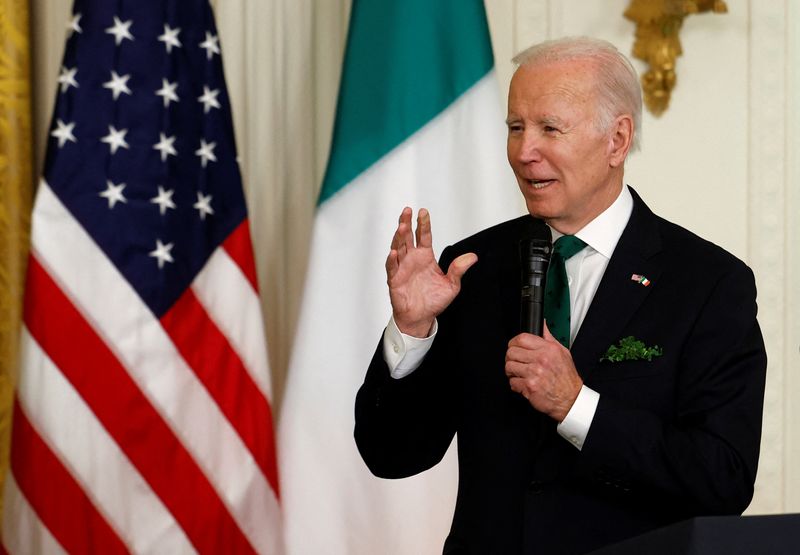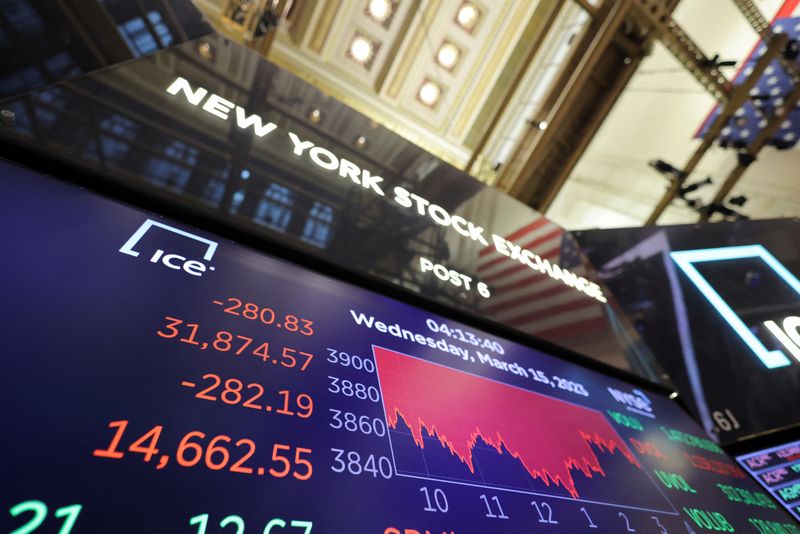(Reuters) – Russia’s defence ministry said a Russian Su-35 fighter jet was scrambled over the Baltic Sea on Monday after two U.S. strategic bombers flew in the direction of the Russian border, but that it returned to base after they moved away.
The development followed the March 14 crash of a U.S. drone into the Black Sea after it was intercepted by Russian jets in what was the first known direct military encounter between Russia and the United States since Russia invaded Ukraine in February last year.
“On March 20, radar facilities of the air defence forces of the Western military district on duty over the Baltic Sea detected two air targets flying in the direction of the Russian Federation’s state border,” the ministry said on the Telegram messaging app.
It said the targets were U.S. Air Force B52H strategic bombers.
It said a Su-35 fighter jet took to the air in order to prevent a border violation, and added, “after the foreign military aircraft moved away from the Russian Federation state border, the Russian fighter returned to its base airfield.”
The ministry said the Su-35’s flight was strictly in line with international rules of the use of airspace. “No violation of the state border of the Russian Federation was permitted,” it said.
Ad: Save every day with Amazon Deals: Check out today's daily deals on Amazon.
(Reporting by Elaine Monaghan and Ron Popeski; editing by Grant McCool)
